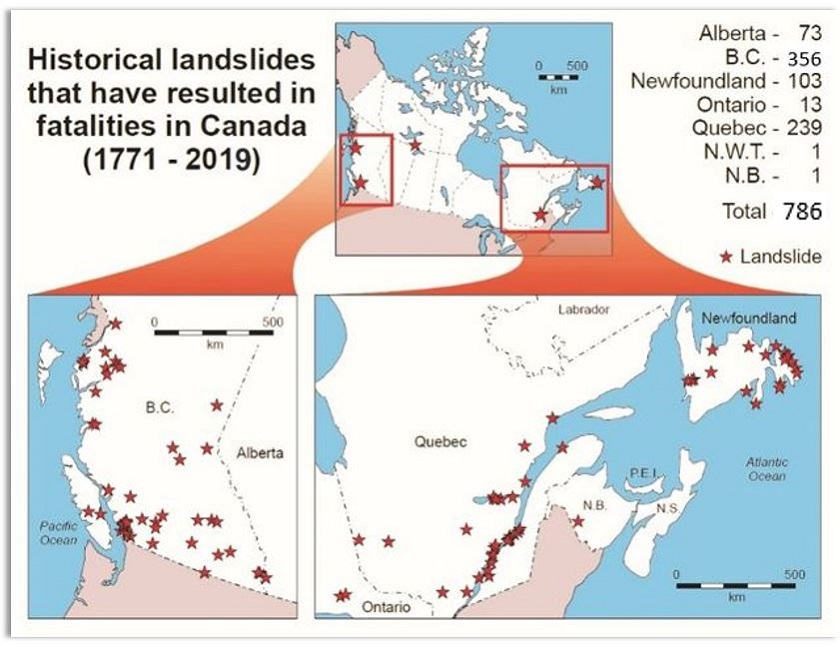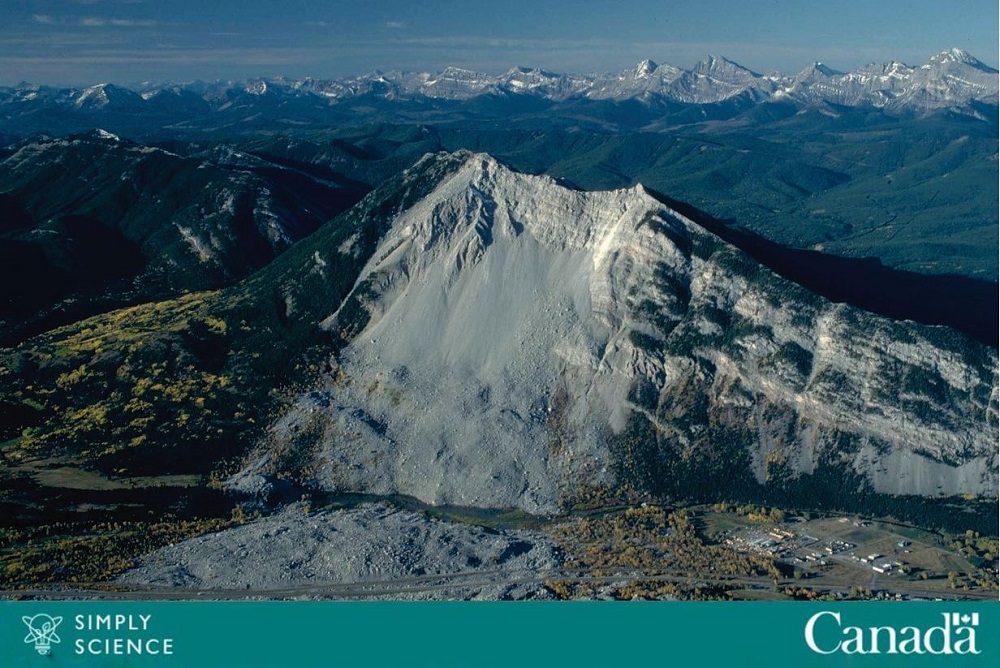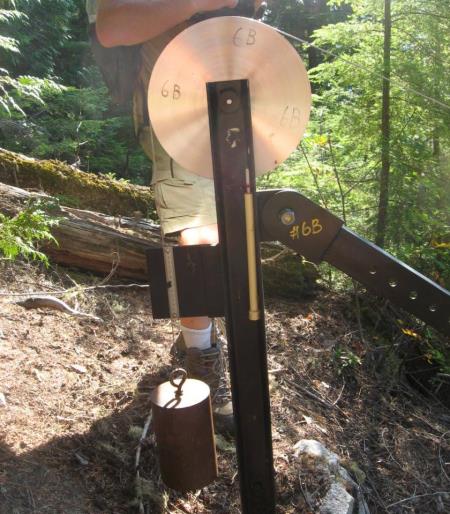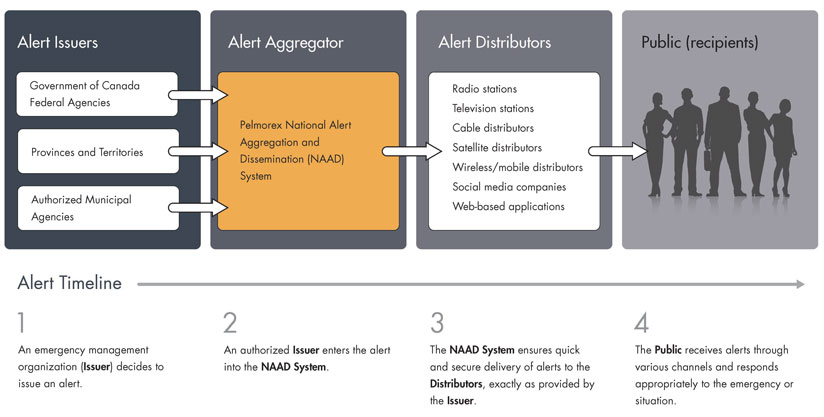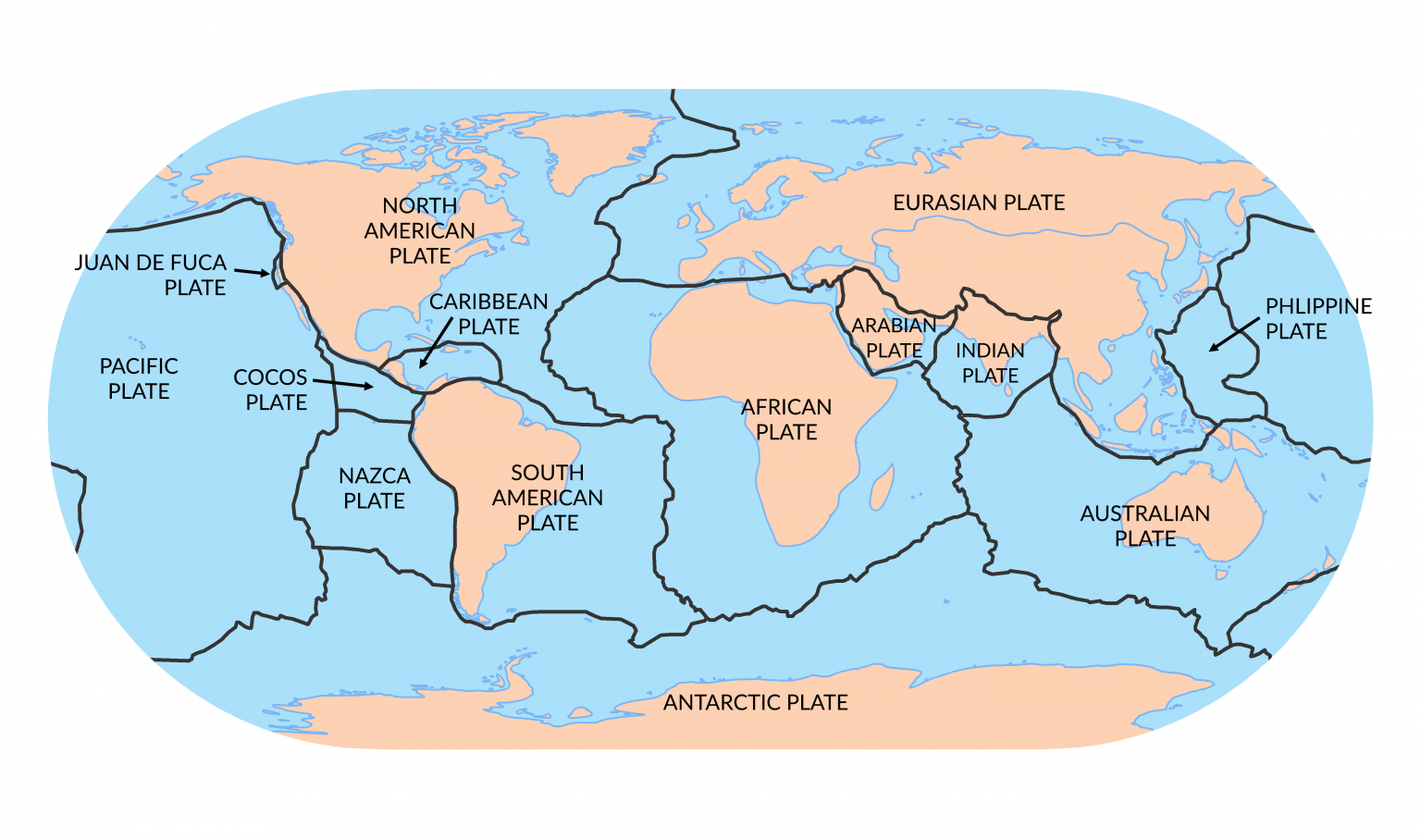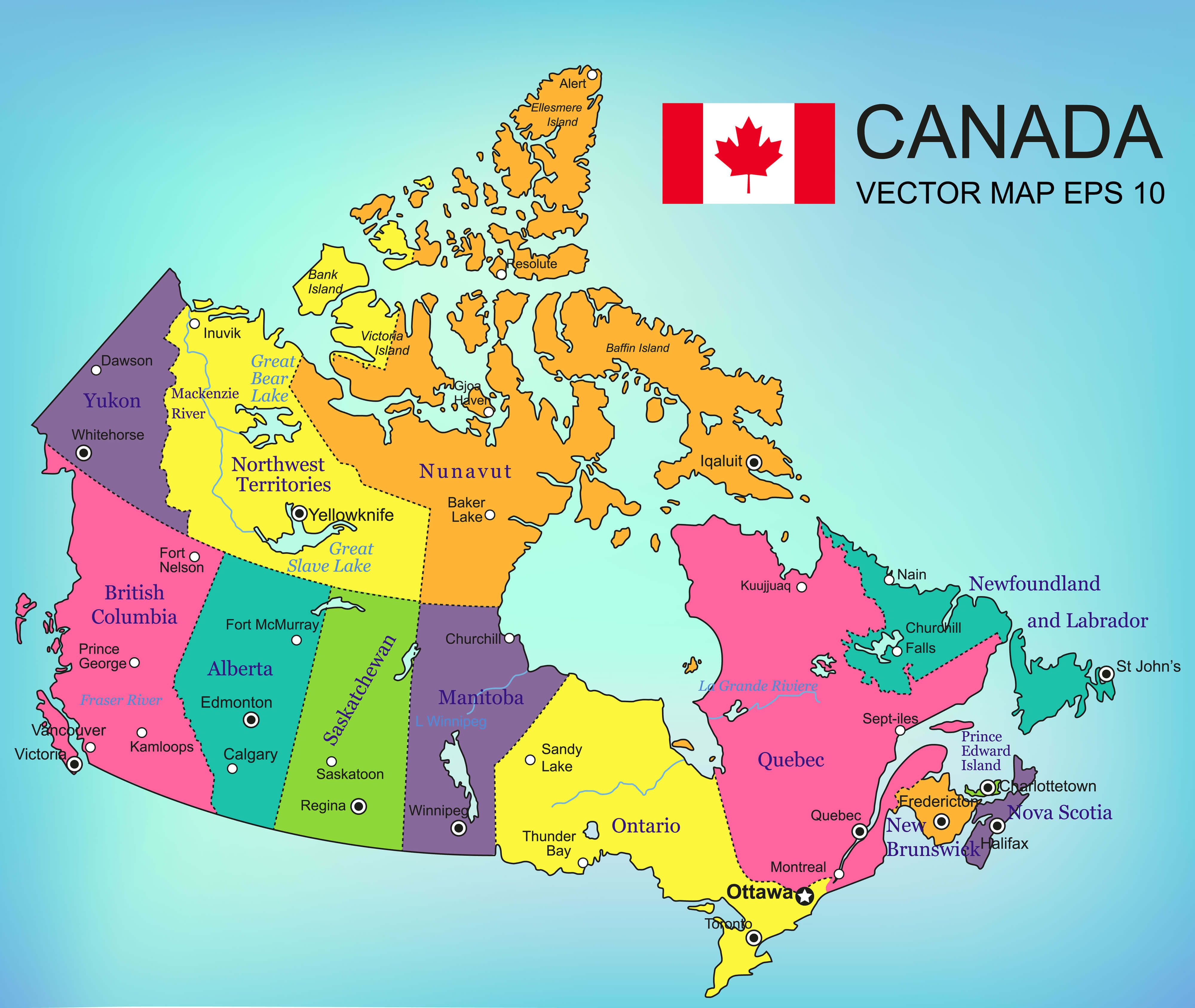Two Most Common Dangerous Natural Hazards in Canada
Canada experiences many natural hazards, but earthquakes and floods are the two most common that threaten people. Earthquakes may be the most dangerous, and floods may cause the most property damage. Canada experiences about 5,000 earthquakes a year. Some sensitive monitoring equipment reports 1,400 earthquakes annually; more than 50 are strong enough to be felt. Floods occur throughout the year and can occur in any region, countryside, or city. The most frequent natural hazard floods are estimated to cost 2.9 billion annually for residential flooding. There are about 1.5 million households at high risk, according to the Insurance Bureau of Canada. Understanding why they occur and how to mitigate those hazards is essential.
Earthquakes are caused by the activity of tectonic plates. They are most common along the three coasts: the Atlantic, the Arctic, and the Pacific. This puts regions of the coast of the St. Lawrence River, the Ottawa River valley, British Columbia, and certain sections of the three northern territories at the highest risk. Although there are several fault lines, there are three major ones: the Queen Charlotte fault, the Intermountain Seismic Belt, and the New Madrid seismic zone. As explained in one of my earlier blogs on earthquakes, the Queen Charlotte fault is the most famous because of its location. Here's some relevant and vital information from my prior post, "located in British Columbia in the middle of the Queen Charlotte Fault, and the USA's San Andreas Fault is where the Cascadia Subduction Zone is. The reason for its fame and importance is because in that zone the Juan De Fuca Plate is creeping underneath the North American Plate, and that fault line is stuck. And because of the pressure that is slowly building, the reality is that it will, in due course, pop, which will cause "the big one" (a very large earthquake) in British Columbia and California."
Some mitigation efforts for earthquakes that I would recommend are alert system tools that have been created like:
"Alerts from the EEW system could also be used by infrastructure safety systems to take action automatically, such as:
● Triggering trains to slow down
● Stopping traffic from driving onto bridges or into tunnels
● Diverting incoming air traffic
● Allowing surgeons to stop surgery
● Closing gas valves
● Opening fire hall and ambulance bay doors"
● Triggering trains to slow down
● Stopping traffic from driving onto bridges or into tunnels
● Diverting incoming air traffic
● Allowing surgeons to stop surgery
● Closing gas valves
● Opening fire hall and ambulance bay doors"
I would target British Columbia first to help with earthquakes because of the 90% of earthquakes, 60% occur along the coast of British Columbia. Its vulnerability is its location, being near the Queen Charlotte Fault. The USA's San Andreas Fault is located near the Cascadia Subduction Zone. Then, the Juan De Fuca Plate creeps underneath the North American Plate. All these things combined are why I would focus on providing help, such as by spending most earthquake funds on infrastructure emergency alert system tools which would create and incorporate symbols to know which warning alert means so people who speak different languages will automatically know the meaning of the alert without losing precious time to, and educating the public.
Floods are the most costly, caused by heavy rainfall, the rapid melting of a thick snowpack, ice jams, and the failure of natural or man-made dams. The high-risk floods are located in Canada's biggest cities, such as Fredericton, Vancouver, Calgary, Toronto, Edmonton, and Ottawa-Gatineau. Ten percent are thought to be very high-risk, and within that percentage, there are as many as 1.8 million households.
Some mitigation efforts I would recommend for floods are programs such as the National Disaster Mitigation Program (NDMP):
"There are four funding streams under the National Disaster Mitigation Program (NDMP):
- Risk Assessments
This stream provides funding for the completion of risk assessments to inform flood risks. Risk assessments are the foundational step in disaster mitigation. These risk assessments will identify flood hazards, potential impacts, and community and infrastructure vulnerabilities, as well as the overall flood risk profile for the area. - Flood Mapping
This stream provides funding for the development and/or modernization of flood maps. A flood map identifies the boundaries of a potential flood event based on type and likelihood, and can be used to help identify the specific impacts of a flood event on structures, people and assets. - Mitigation Planning
This stream provides funding for the development and/or modernization of mitigation plans to address flood risks. A comprehensive mitigation plan allows applicants to develop realistic and sustainable mitigation solutions by clearly outlining the plan's objectives, key activities, expected outputs, timelines, and roles and responsibilities. - Investments in Non-structural and Small Scale Structural Mitigation Projects
This stream provides funding for other non-structural and small scale structural disaster mitigation projects. Eligible projects would include actions such as the replacement of storm culverts, or projects that improve flood resilience by proactively preventing or mitigating damages and losses."
Choosing which part of Canada to help first is a bit harder because there are so many high-risk areas. I would probably choose Toronto because it's the most populous city in Canada; therefore, more lives will be at risk, and infrastructure will be greatly affected, leaving many stranded. So getting help to them would be essential. The picture below shows how bad things can get in Toronto. Besides getting help to people, Another thing that I believe would help this situation besides structural solutions is implementing some regulations concerning non-structural and making sure there are timeframes of when things are done and updated, such as:
- "regulating land use in the floodplain;
- floodproofing measures;
- acquiring property in the floodplain or relocating structures;
- altering upstream land management practices; and
- establishing and maintaining flood forecasting and warning systems."
"A car submerged in flood waters on a Toronto street, next to a streetcar that's also underwater. Radar estimates show some spots received more than 100 mm in less than 3 hours. (@earthisanocean/Twitter)"
Taking these two dangerous hazards into account when determining where I would construct my home is a bit tricky. Trying to avoid earthquakes is easier since the high-risk areas are located in certain areas, but flooding can affect any region. With that in mind, construction for my home would take place. Since I don't think I can avoid floods, I would concentrate on the stable area of earthquakes that the map above in this post shows.
Sources:




